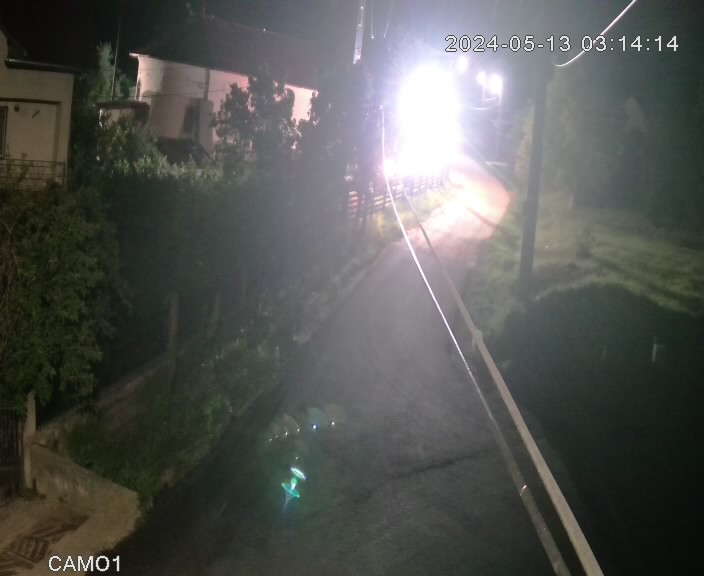Live camera Sighetu Marmatiei, Romania

Sighetu Marmatsii, Siget is a city in the north of Romania, not far from the border with Ukraine, the second largest city of the county of Maramures. The city is dominated by the construction, textile, woodworking and food industries.
Watch camera online in Sighetu Marmatsii
Sigetu-Marmatsia has been known since the 13th century, and since 1394 it has been the main city of the Marmaros committee.
In the 19th-20th centuries, a Greek Catholic church and a Ruska (that is, Rusyn) gymnasium functioned in the city. In 1950-1960, the Ukrainian departments at the gymnasium and pedagogical school. Now the city has the only Ukrainian lyceum in Romania (director: Fedor Popovich).
At the beginning of the 20th century, two trials were held in Sighetu-Marmatsie against Transcarpathian peasants who converted to the Orthodox faith; the Hungarian government accused them of having links with Russia. From 1904 to 1906, 9 peasants were sentenced to various terms of imprisonment, and from 1913 to 1914 - 96 people from different villages, headed by Hieromonk Alexy (Kabalyuk). The processes resonated in Western Europe and attracted the attention of the international community.
On December 18, 1918, a congress of delegates of the Ukrainian Marmaros took place in Sighetu-Marmatsie, which spoke in favor of the annexation of Transcarpathia to Ukraine. On January 16, 1919, he was liberated by the troops of the Hutsul Republic, from the Hungarian troops and administration. The troops also included a detachment of the Ukrainian Galician Army. However, the next day they were defeated by the superior Romanian division.
During the interwar period, the city was located on the border between Czechoslovakia and Romania. Cross-border trains passed through the city, in particular the fast train Prague - Yasinya, which connected the Rakhiv region with the rest of the republics.
At the end of 1944, local Ukrainians formed a people's committee, which accepted the annexation of the city to the surrounding Ukrainian villages in Ukraine, but this was not implemented. Under the communist regime, political dissidents were imprisoned here, to whom monuments and a museum are now dedicated. In January 2007, with the participation of Presidents V. Yushchenko and T. Basescu, the historic bridge over the Tisza and the international border crossing to the Ukrainian village of Solotvino were reopened here.




